How To Use Urea Fertilizer For Maximum Yields
Title: How to Use Urea Fertilizer for Maximum Yields
Introduction:
Urea is a nitrogen-rich fertilizer that is commonly used to increase crop yields. It is a highly soluble fertilizer, which means that it is quickly available to plants. However, urea can also be volatile, meaning that it can lose nitrogen to the atmosphere if it is not applied properly.
In this blog post, I will discuss how to use urea fertilizer to maximize yields while minimizing losses. I will cover topics such as the timing of application, the rate of application, and the method of application. I will also discuss some of the benefits and drawbacks of using urea fertilizer.
Main Content:
Timing of Application
The best time to apply urea fertilizer depends on the crop that you are growing. For most crops, the best time to apply urea is in the spring, just before or after planting. However, some crops, such as corn, can also benefit from a fall application.
If you are applying urea in the spring, it is important to make sure that the soil is moist. This will help to prevent the urea from volatilizing. If the soil is dry, you may need to irrigate before or after applying the urea.
Rate of Application
The rate of application of urea fertilizer will vary depending on the crop that you are growing and the soil conditions. The best way to determine the correct rate of application is to consult with your local extension agent.
Method of Application
There are two main methods of applying urea fertilizer: broadcasting and banding. Broadcasting involves spreading the urea evenly over the soil surface. Banding involves placing the urea in a band below the soil surface.
Broadcasting is the simplest method of applying urea fertilizer, but it is also the least efficient. This is because some of the urea will be lost to volatilization. Banding is more efficient than broadcasting, but it is also more time-consuming.
Benefits and Drawbacks of Urea Fertilizer
Urea fertilizer has several benefits, including:
- It is a highly soluble fertilizer, which means that it is quickly available to plants.
- It is a relatively inexpensive fertilizer.
- It is easy to apply.
However, urea fertilizer also has some drawbacks, including:
- It can be volatile, meaning that it can lose nitrogen to the atmosphere.
- It can be harmful to plants if it is not applied properly.
- It can contribute to water pollution.
Conclusion
Urea fertilizer can be a valuable tool for increasing crop yields. However, it is important to use it properly to minimize losses and avoid environmental damage. By following the tips in this blog post, you can use urea fertilizer to maximize your yields while minimizing risks.
Urea fertilizer is a common and effective way to boost crop yields. It is a source of nitrogen, an essential nutrient for plant growth. Urea fertilizer can be applied to the soil or foliarly (sprayed on the leaves).
For more information about urea fertilizer, visit Home Gardening. This website provides detailed information about the benefits of urea fertilizer, how to apply it, and safety precautions.
FAQ of urea fertilizer
What is urea fertilizer?
Urea fertilizer is a nitrogen-rich fertilizer that is made from natural gas. It is a white, crystalline solid that is soluble in water. Urea fertilizer is the most common type of nitrogen fertilizer used in the world.
What are the benefits of using urea fertilizer?
Urea fertilizer is a very effective way to increase crop yields. It is also relatively inexpensive. Urea fertilizer can also help to improve the quality of soil.
What are the drawbacks of using urea fertilizer?
Urea fertilizer can be volatilized, meaning that it can be lost to the atmosphere as ammonia gas. This can be a problem if urea fertilizer is applied too heavily or if it is not applied properly. Urea fertilizer can also be corrosive to metal equipment.
How do I apply urea fertilizer?
Urea fertilizer can be applied to soil in a variety of ways, including broadcast spreading, band spreading, and injection. The best method for applying urea fertilizer will depend on the type of crop being grown and the soil conditions.
What are the safety precautions for using urea fertilizer?
Urea fertilizer is a relatively safe product, but it is important to take some safety precautions when handling it. Urea fertilizer can irritate the skin and eyes, so it is important to wear gloves and goggles when handling it. Urea fertilizer can also be harmful if ingested, so it is important to keep it out of reach of children and pets.
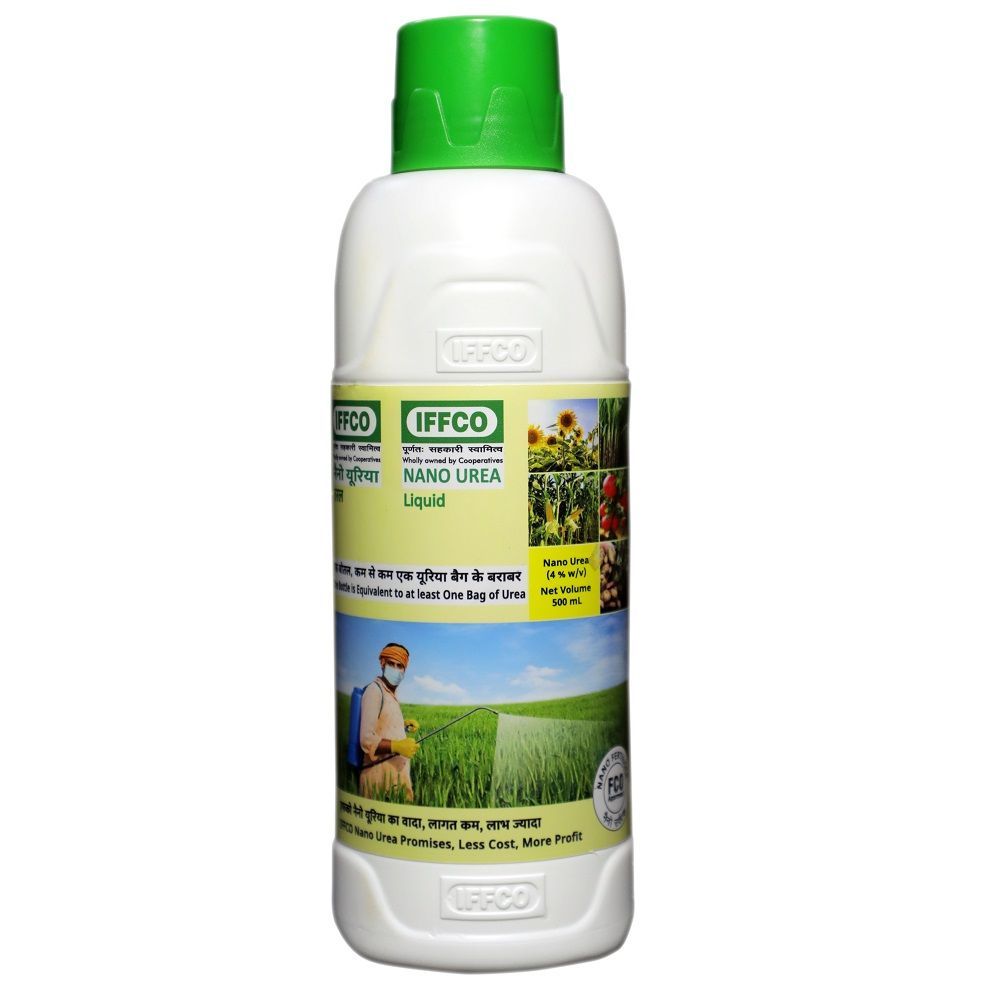
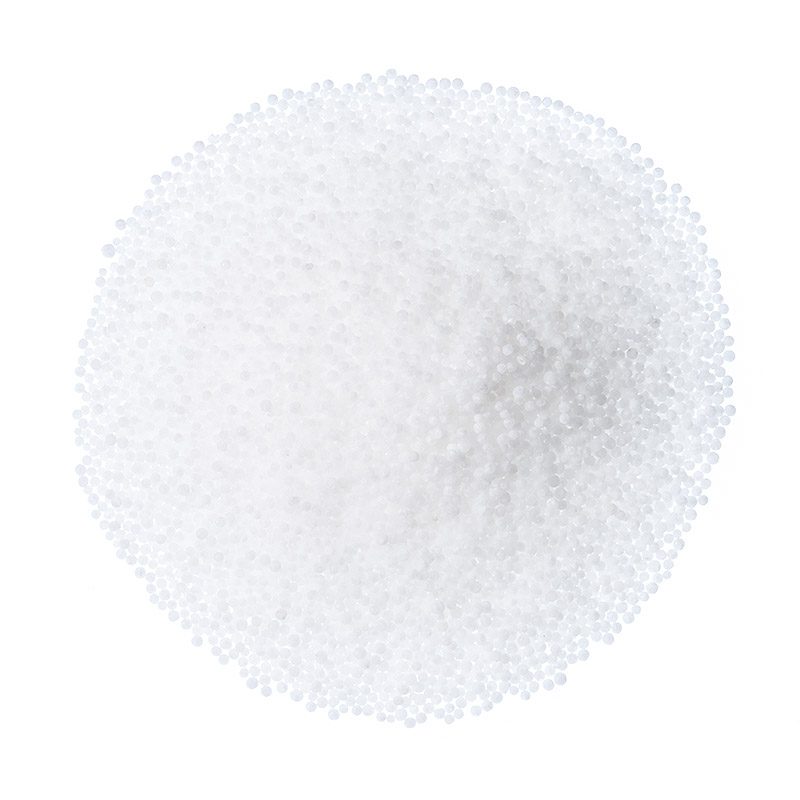
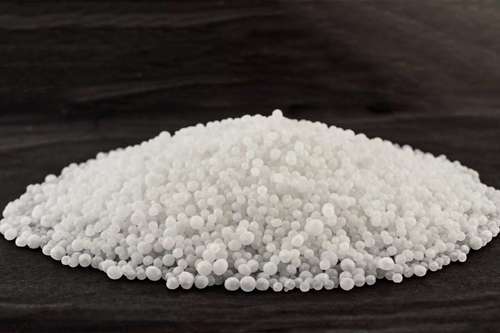
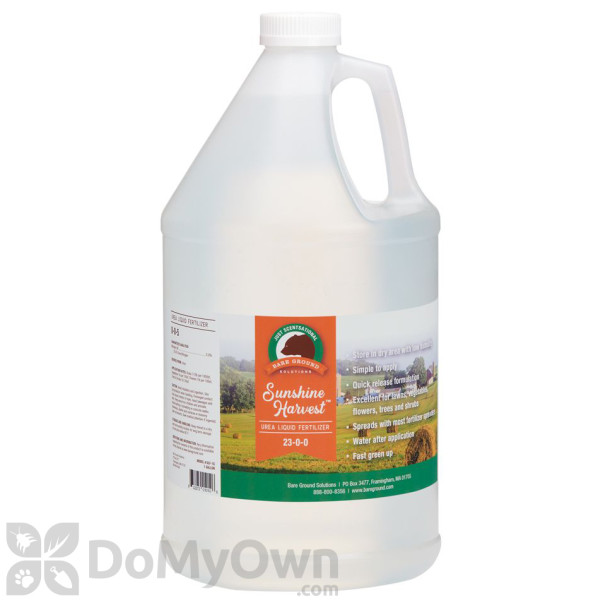


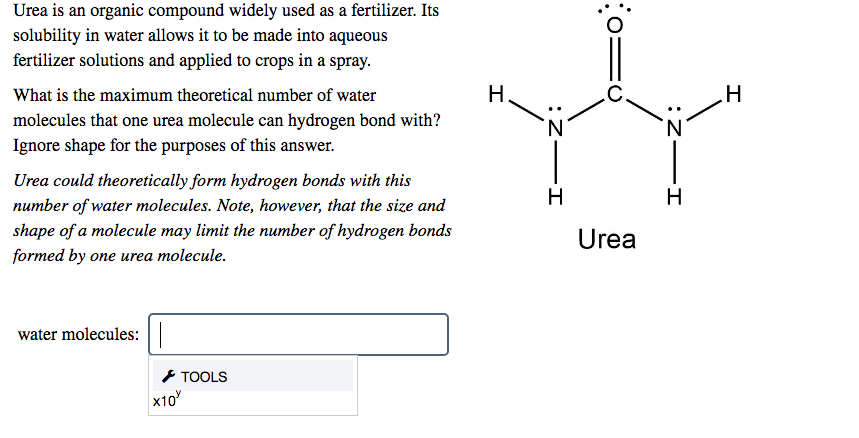
Post a Comment for "How To Use Urea Fertilizer For Maximum Yields"